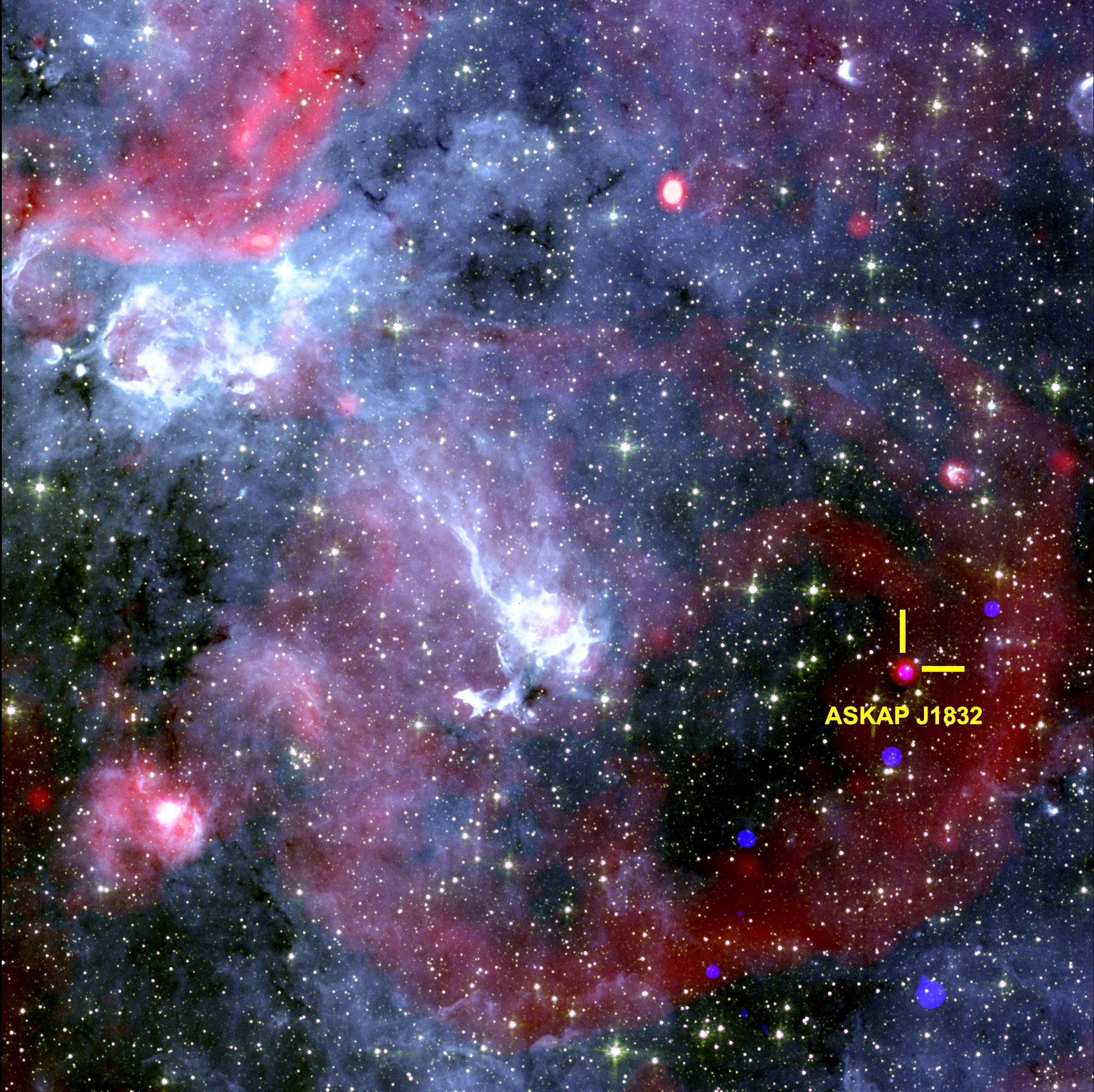-
MISTRAL: High-frequency radio astronomy and space exploration

The left panel shows the image of the nebula M42 taken at 90 GHz with the MISTRAL receiver. On the right, an overlay of the MISTRAL image with a wider-field image obtained by the Hubble Space Telescope Credit MISTRAL commissioning team; NASA, ESA, and The Hubble Heritage Team (STScI/AURA) High-frequency radio astronomy and MISTRAL: Recent…
-
‘One of the most geometrically perfect’: What is this mysterious sphere deep in the Milky Way galaxy?
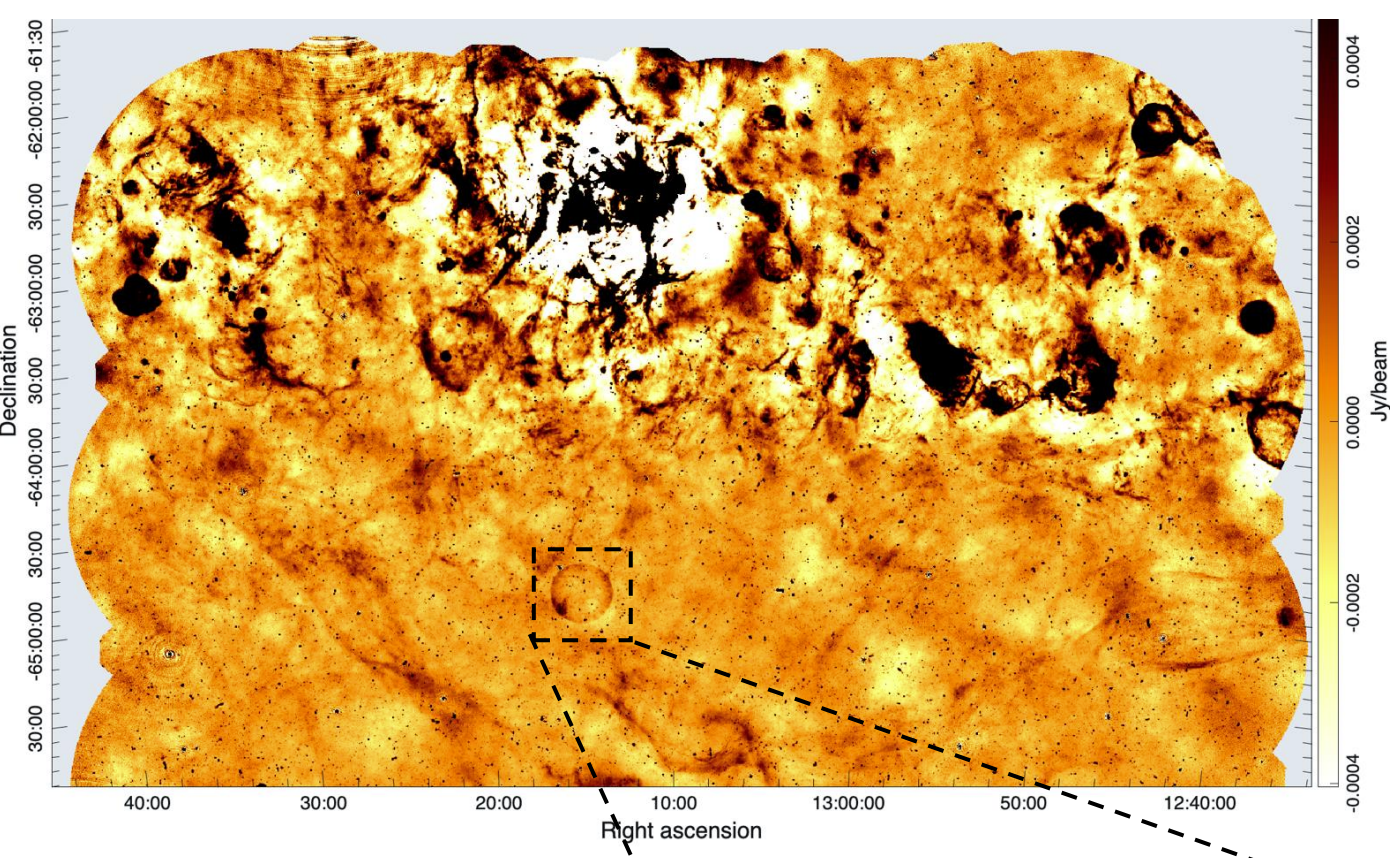
There’s no shortage of round celestial objects in our universe. Planets, moons and stars all exhibit lovely spherical shapes. But astronomers recently spotted a mysteriously circular orb deep in the Milky Way galaxy — and it’s certainly none of these things. This celestial bubble, discovered by astrophysicist Miroslav Filipović of Western Sydney University, is likely…
-
Astronomers find startling pulsing object in Milky Way: ‘Unlike anything we have seen’
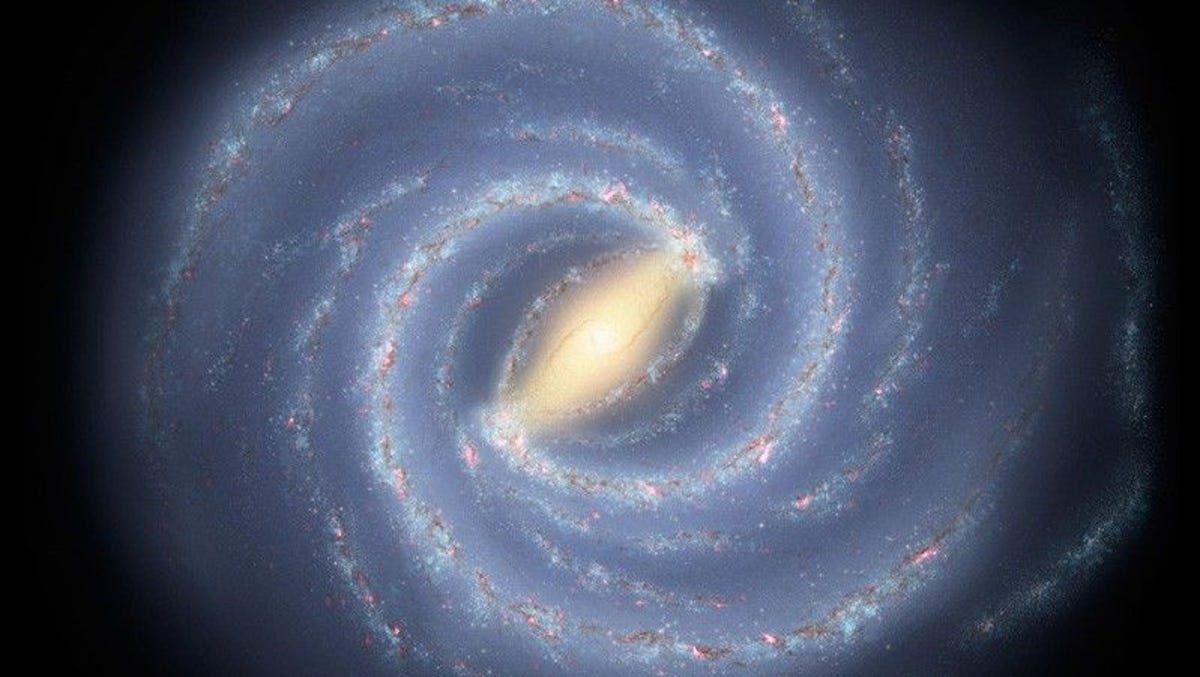
The mystery object, located just a short 15,000 light-years from Earth in our Milky Way galaxy, revealed itself to an international team of scientists when it was observed emitting pulses. Astronomers recently discovered a never-before-seen celestial phenomenon hiding in our own cosmic backyard. The mystery object, located just a short 15,000 light-years from Earth in…
-
Astronomers detect mysterious space object releasing intense radio waves, X-rays

Astronomers have detected a mysterious object in deep space that releases intense bursts of radio waves and X-rays, according to a new study. The study, published on Wednesday in the journal Nature, stated that the object, named ASKAP J1832-0911, is located around 15,000 light-years from the Earth within the Milky Way. Astronomers from the International…
-
Astronomers Detect Repeating Signals From Space Object That’s “Unlike Anything We Have Seen Before”
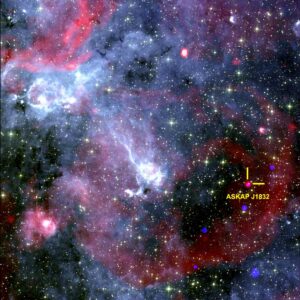
An international team of astronomers has detected a mysterious object in deep space that regularly sends out two-minute pulses of radio waves and X-rays in a repeating pattern every 44 minutes. Known as ASKAP J1832- 0911, the mysterious object has left researchers stumped due to its unusual combination of radio waves and X-rays and its…
-
Scientists capture never-before-seen plasma streams and bizarre ‘raindrops’ in sharpest-ever view of sun’s outer atmosphere (video)

The sun’s outer atmosphere — the corona — has long intrigued scientists due to its extreme temperatures, violent eruptions and towering prominences — vast filaments of plasma extending out from the solar surface. Visible only during a total solar eclipse and blurred by Earth’s turbulent atmosphere, the corona has remained frustratingly elusive. Until now. Thanks…
-
Strange flashing object discovered in deep space puzzles astronomers
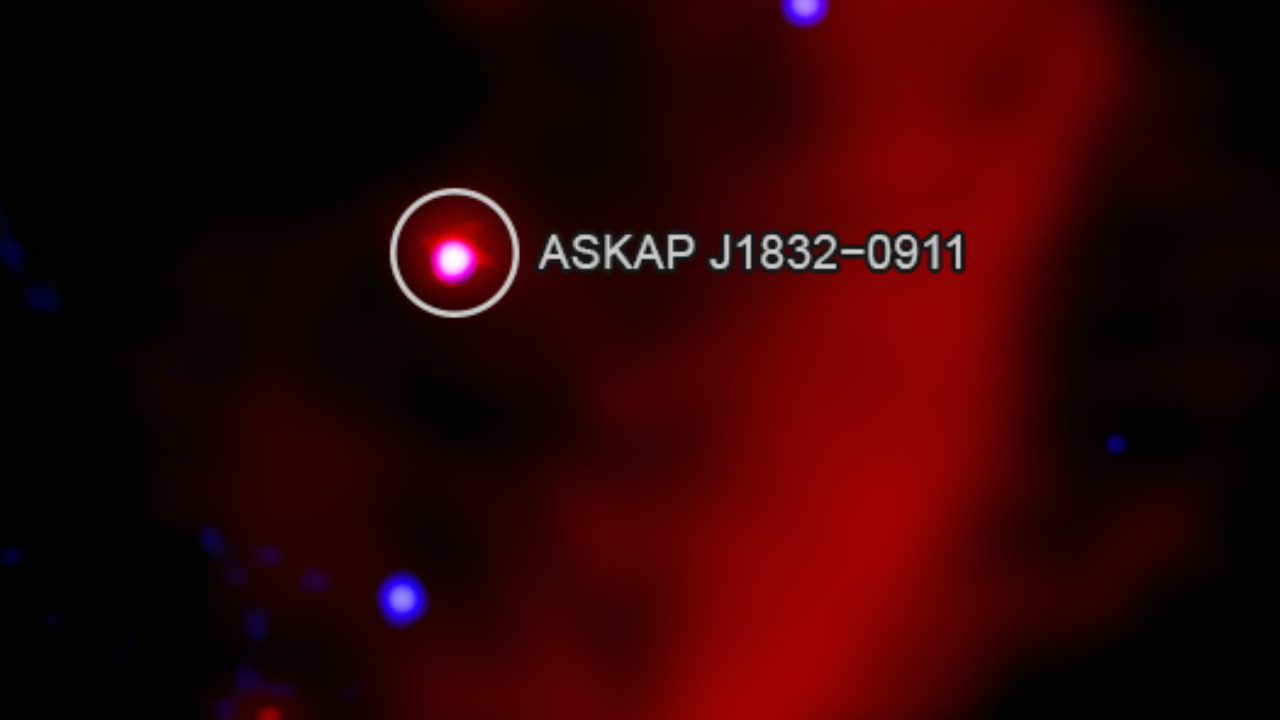
In a remarkable astronomical discovery, scientists have identified a unique star exhibiting behaviours unlike any previously observed, reports Cape {town} Etc. Named ASKAP J1832−0911, or simply ASKAP J1832, this enigmatic entity is situated approximately 15,000 light-years from Earth and has ignited enthusiasm within the scientific community for its potential to shed light on a newly identified…
-
Can we protect historical sites on the moon before it’s too late?
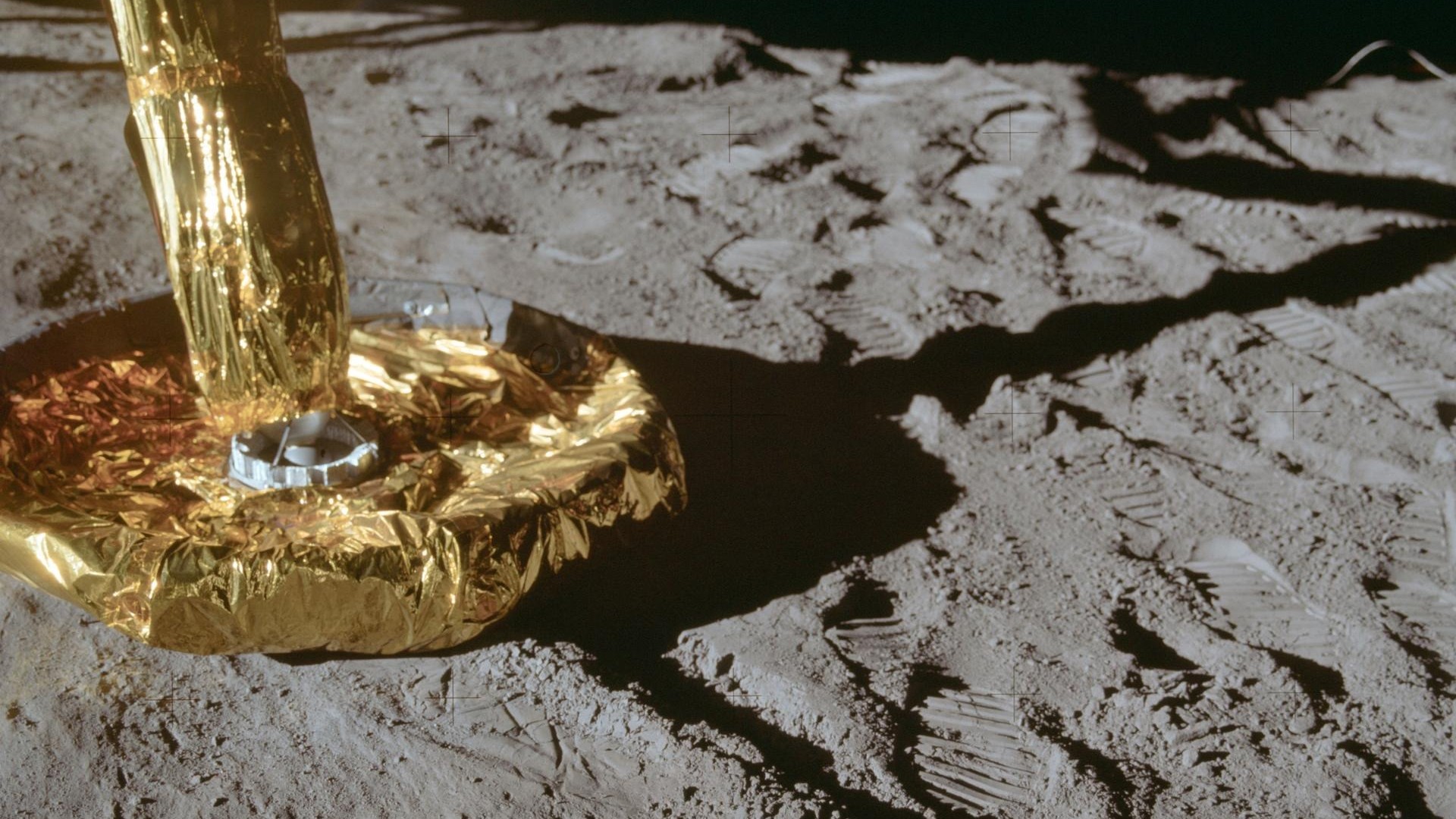
A number of groups and individuals say there’s a need to protect lunar history before it’s too late. The World Monuments Fund released its 2025 “Watch list,” which lists the moon as an “at risk” historic site. The hope is to protect select lunar areas from damage, or even from looting and exploitative visitation by…
-
‘Spanner in the works’: Flashing cosmic object puzzles astronomers
In the past few years, astronomers have recorded a handful of very strange radio signals, mostly coming from towards the centre of the Milky Way. Armed with increasingly powerful telescopes, they’ve detected objects that emit powerful bursts of energy a few times an hour, like a chiming clock — and then fall silent. The source…
-
‘Previously unimaginable’: James Webb telescope breaks its own record again, discovering farthest known galaxy in the universe
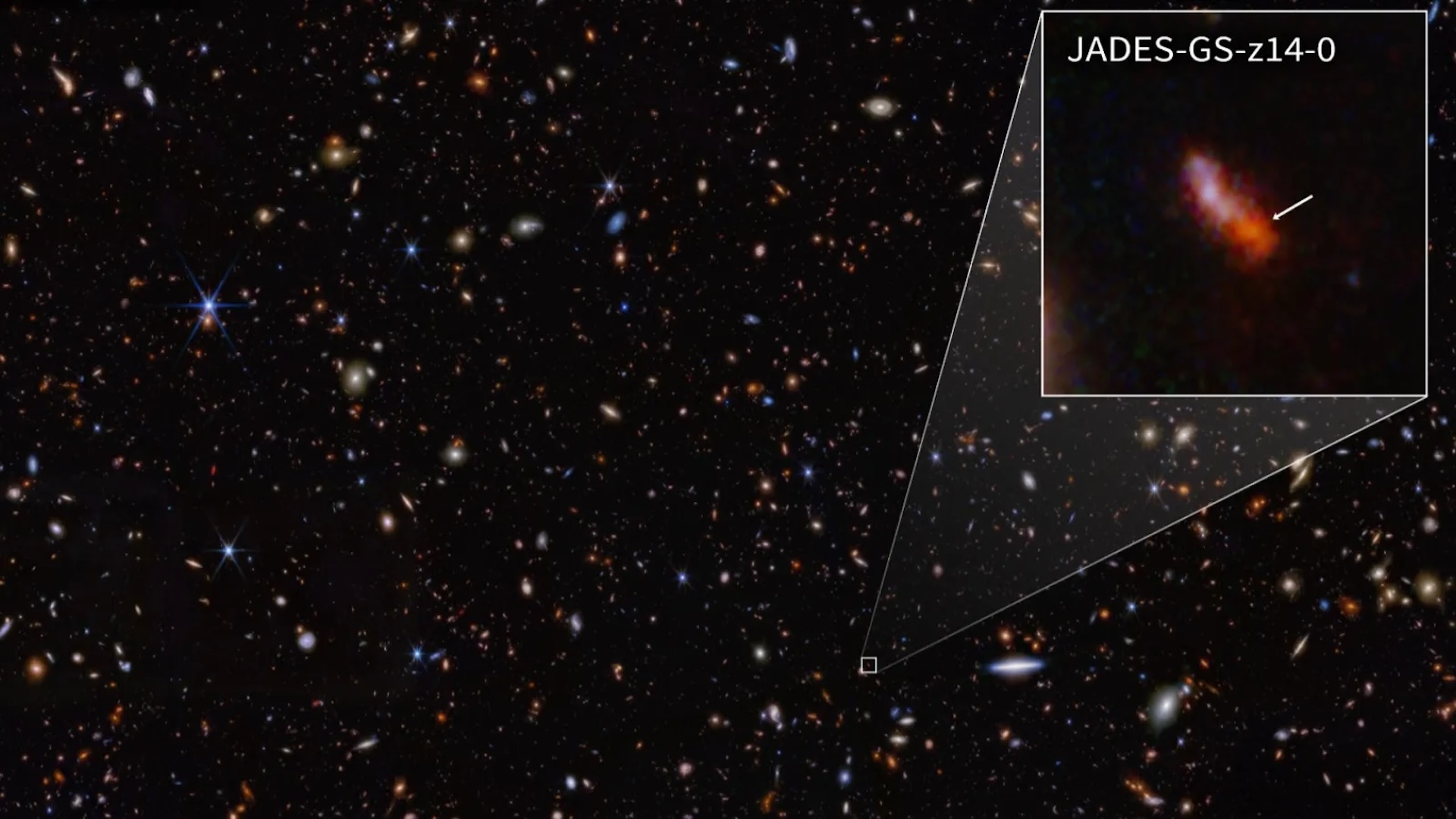
The James Webb Space Telescope (JWST) has spotted the most distant galaxy observed to date — breaking its own record yet again. The galaxy, dubbed MoM-z14, is “the most distant spectroscopically confirmed source to date, extending the observational frontier to a mere 280 million years after the Big Bang,” researchers wrote in a new study…
